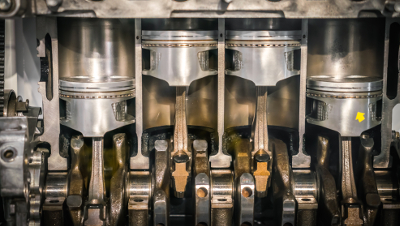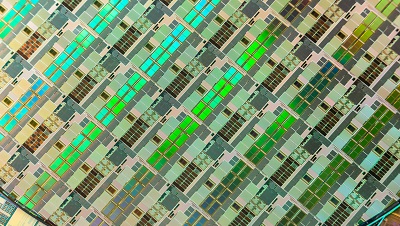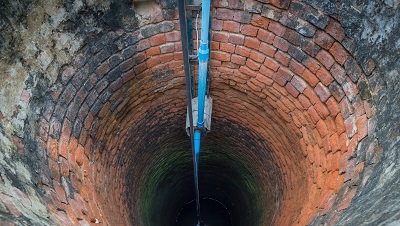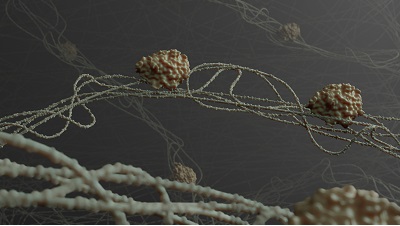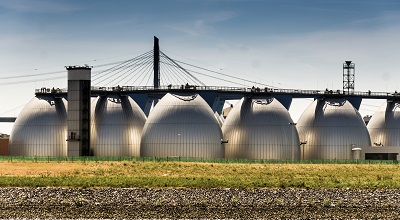Blog
Why is SIMS good for Tribofilm analysis
What are tribofilms? Secondary Ion Mass Spectrometry, SIMS can be used to analyse the solid surface layer that forms when materials rub against each...
Using SIMS to Determine Isotopic Compositions
Isotopic composition refers to how many different isotopes of an element are present and presented by highlighting the abundance of each isotope in...
Unveiling the Secrets of Lithium-Ion Batteries with FIB-SIMS
The rapid growth of the electric vehicle market and the increasing demand for portable electronics have driven the need for advanced energy storage...
How SIMS Imaging Works
Secondary Ion Mass Spectrometry (SIMS) imaging is a powerful technique to obtain information on the composition of solid surfaces, molecules, and...
Real-Time Continuous Analysis for Denitrification Studies
Denitrification is an anaerobic process that occurs in soil or aquatic systems. It involves removing bioavailable nitrogen from soil or water and...
Monitoring Water Quality in Groundwater Studies
Groundwater derives from fresh water, such as rain or melted snow. It seeps under the Earth’s surface level into the pores between rocks, sand and...
How Dissolved Species Analysis Helps Study Enzyme Activity
Enzyme activities are often monitored because they give researchers a deeper understanding of industrial and biomedical reactions and spectrometry...
How Volcanic Gas Analysis Helps to Map Underground Water
Volcanic gases are released by active volcanoes and significantly impact our atmosphere and environment due to the air pollutants, gases, and...
Using Mass Spectrometry to Research Thermal Hydrolysis of Waste
Mass spectrometry is used to research the thermal hydrolysis of waste materials to gain a deeper understanding of how changing parameters affect the...

